Luxury: A Matter of Evolution, Not Birth?
![]() 04/25 2025
04/25 2025
![]() 447
447
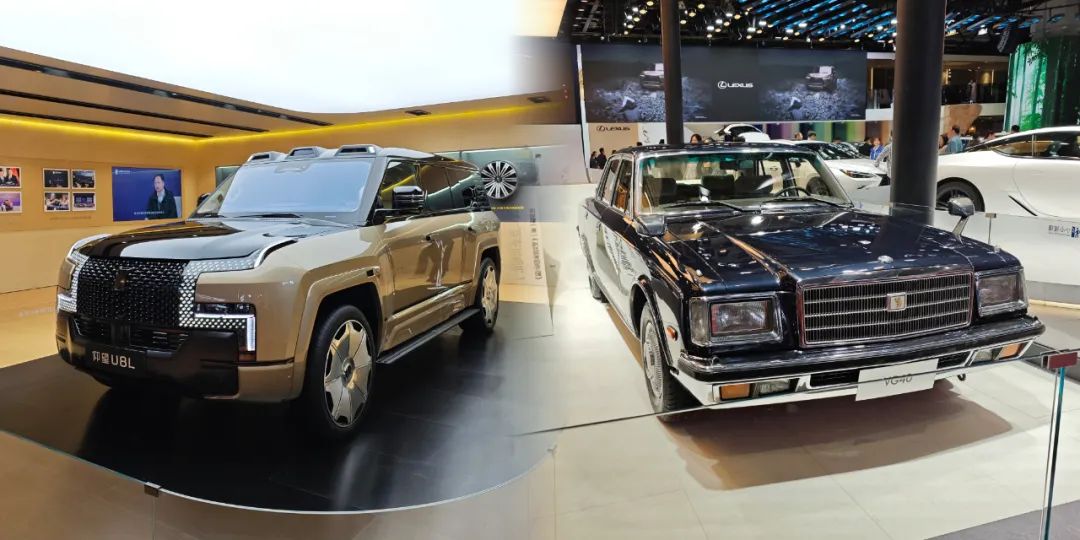
Introduction
Luxury isn't an innate trait; it evolves with the times. New energy vehicles are redefining what luxury means in the automotive world.
On April 23, the prestigious 21st Shanghai International Automobile Industry Exhibition unfolded at No. 333 Songze Avenue, a biennial event that stands as China's, and indeed the world's, most influential auto show. During this period, leading automakers converge to showcase their prowess and competitiveness on this grand stage.
This auto show was no exception.
At the National Exhibition and Convention Center, nearly 1,000 renowned enterprises from over 20 countries and regions competed, displaying their strength and innovative achievements. Over 100 new cars were unveiled, highlighting the fierce competition within the industry. Participating automakers ranged from mainstream joint ventures to traditional luxury/super luxury brands, as well as Chinese new energy brands. These automakers directly faced media scrutiny and market evaluation through their products, vehicle manufacturing concepts, slogans, values, and tangible price discounts.
The most notable difference at this grand event was the significant shift in market focus. If two years ago, the Shanghai Auto Show witnessed new energy vehicles outnumbering fuel vehicles for the first time, signaling the global trend towards electrification, then the increased attention towards new energy vehicles at this year's show is undeniable proof that this trend has become a reality.
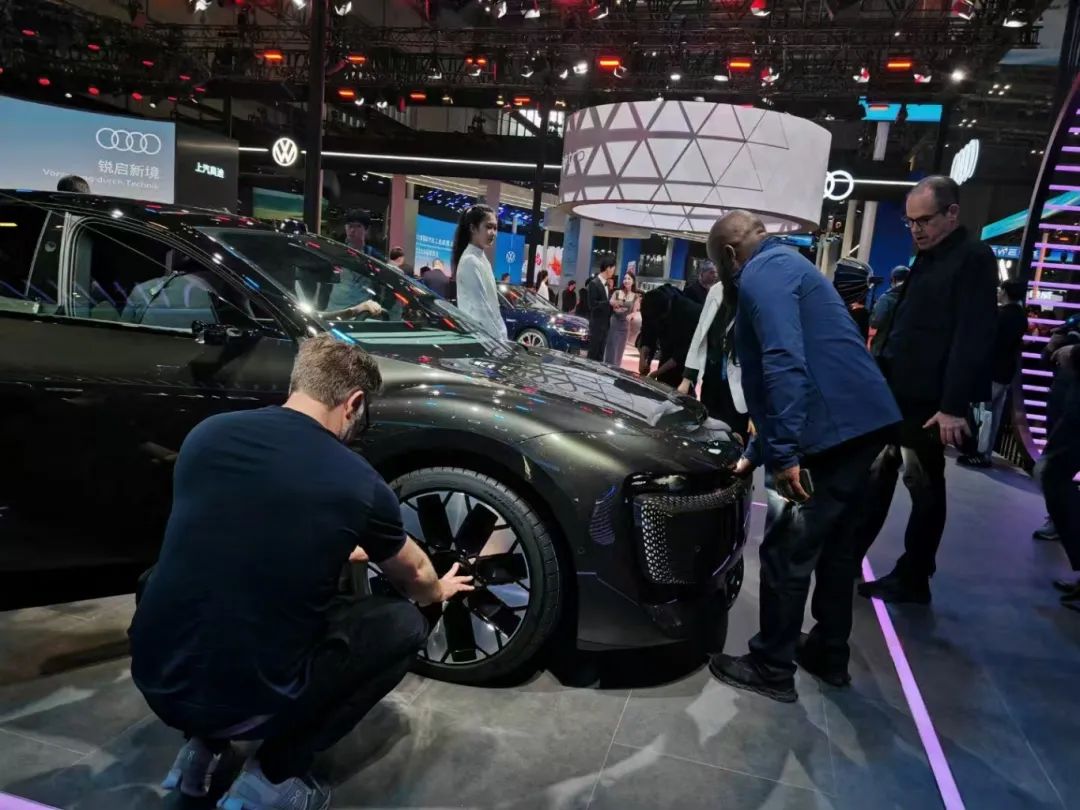
In this transition, joint venture brands that once dominated sales are gradually being sidelined. Even traditional luxury brands, once highly coveted, are now receiving less attention compared to the past, paling in comparison to independent new energy brands. The crowded luxury car booths at the auto show, for instance, are dwarfed by those of BYD, XPeng, and HarmonyOS Smart Drive.
This phenomenon underscores that independent brands have honed superior products in the new energy sector, achieving a remarkable overtaking. As the leading domestic three-electric system replaces the traditional V12 engine, and the increasingly mature concept of smart cabins dispels the ritualistic allure of leather seats in traditional luxury cars, the mechanical aesthetics that traditional automakers once prided themselves on now seem outdated, shattering previous definitions and perceptions of luxury.
01 A Head-On Confrontation: Breaking Through the Perception of Luxury
What constitutes luxury?
Upon posing this question, some believe luxury is unaffordable for ordinary people; others contend that luxury shouldn't be powered by batteries; some view luxury as craftsmanship and cultural heritage, not something that can be bought with money; still, others see luxury as high configuration, where having all desired features equates to luxury. Discussions on luxury abound in various forums.
So, what is luxury, especially as the times evolve and the shift to electrification accelerates? People's perception of luxury now encompasses a more multidimensional definition and deconstruction of the term. Consequently, "What is luxury?" has become a topic of widespread discussion.
Traditionally, luxury has been positioned at the brand level, exemplified by mainstream luxury brands like BBA, and more exclusive names like Porsche, Rolls-Royce, Bentley, and Lamborghini. The history and tradition of these brands, coupled with their long-established brand power in the Chinese market, including marketing, service, and product configuration, have forged market recognition.
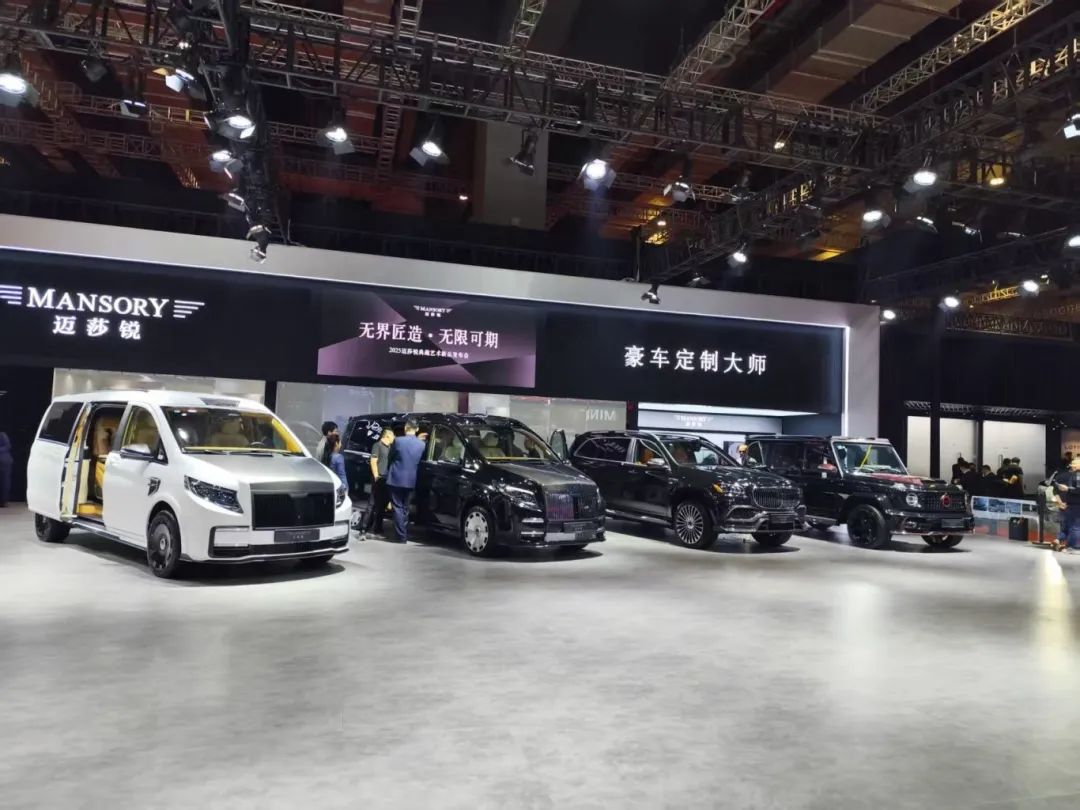
These brands share common traits: a rich history, outstanding design, exceptional craftsmanship, leading performance, higher prices, and decent residual values. These characteristics have defined people's perception of luxury in the past and are treasures cherished by engineers of that era.
For instance, luxury cars often stem from automotive brands with a long history, possessing a deep heritage and excellent reputation in the industry. Mercedes-Benz, BMW, and Audi are prime examples.
Founded in 1926, 1916, and 1899 respectively, these brands have played pivotal roles in the development of the automotive industry, amassing rich experience and a profound brand heritage in vehicle manufacturing. Carl Benz, the founder of Mercedes-Benz, was instrumental in the invention and development of the automobile, while BMW began as an aircraft engine manufacturer before transitioning to automobile production, giving it a head start in establishing a high-end and luxury status.
Supported by these attributes, numerous luxury brands have thrived in the Chinese market. Any model from these brands is considered a luxury car, even if some models feature outdated designs, configurations, and rough craftsmanship, yet command high prices due to their attached logos, making them unworthy of the luxury tag.
Despite this, when these brands introduce cutting-edge technology, we are left in awe with no recourse.
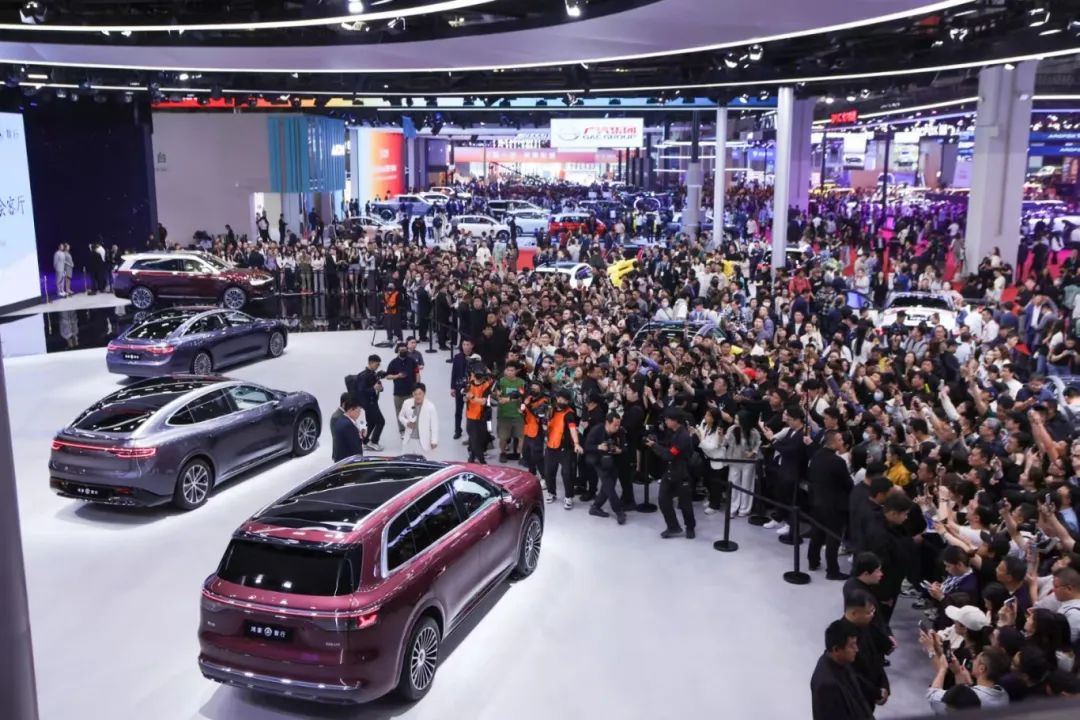
Take engine technology as an example. Seven years ago, I stood in a Porsche center in Shanghai. As the salesperson introduced a model, they ran their finger across the hood of a 911 and proclaimed almost evangelically, "The horizontally opposed six-cylinder engine embodies over a hundred years of automotive industrial civilization." Their words exuded extreme confidence tinged with arrogance.
At that time, the luxury market resembled a Babylonian tower constructed by Western engineers. The traditional luxury brands at the tower's peak held the "Bible" that guided the last era, accustomed to establishing an unshakable hierarchy based on the number of cylinders and zero-to-hundred acceleration times.
But today, as I sit in the driver's seat of a high-end new energy vehicle from an independent Chinese brand at the Shanghai Auto Show, recalling the horsepower figures of these models, often exceeding 500, I suddenly realize: those power parameters that once made European automakers proud in the fuel era are being directly overshadowed by the continuously evolving Chinese market for electrification, driven by the three-electric system.
The "technological leadership" meticulously crafted by traditional luxury automakers is crumbling in the wave of electrification.
02 New Energy: The Catalyst for Rise
A colleague who accompanied me to the exhibition is a die-hard gasoline car enthusiast. He believes that the power parameters of new energy vehicles are "worthless and soulless." I countered, "Leading luxury brands aren't just about power performance."
Those in the automotive industry know that the Michelin chef service bookable at NIO House, the refrigerated and heated car refrigerator in the rear of the Li Auto L9, and the emergency floating function of the BYD Yangwang U8 are luxury experiences that transcend traditional configuration lists, attempting to redefine luxury in a Chinese way.
Moreover, even from the intelligence perspective, this arms race has completely stripped away the veil of traditional luxury.
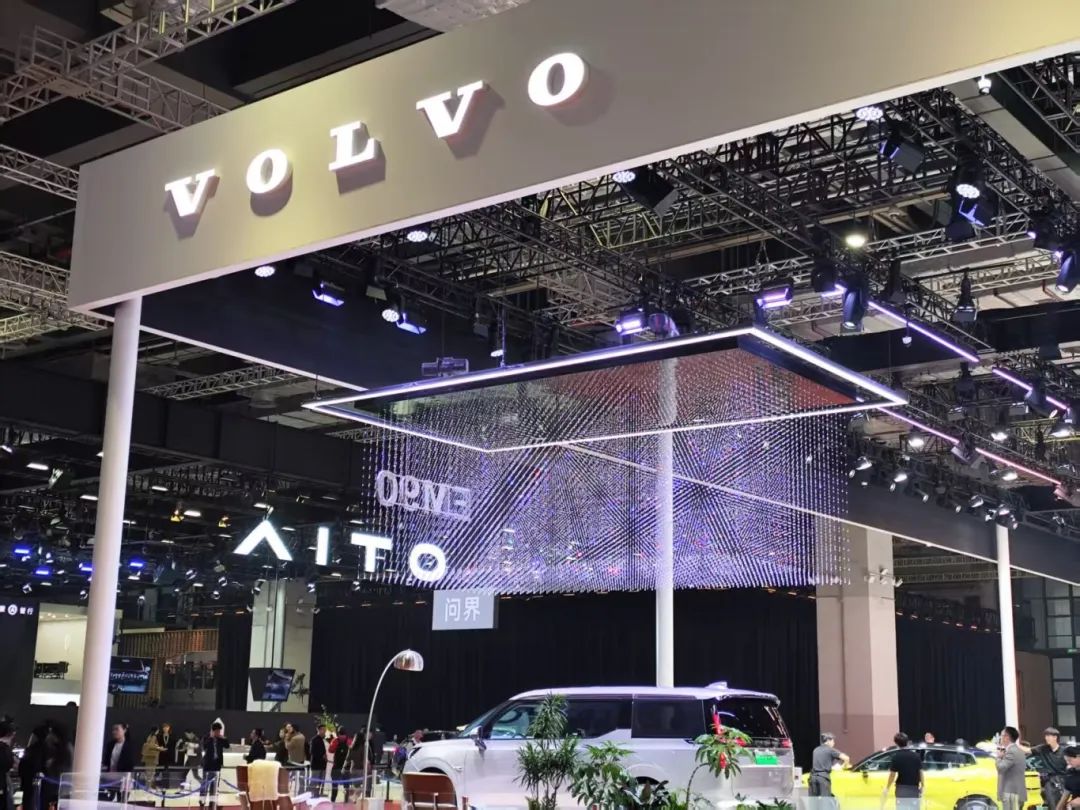
As XPeng's XNGP navigates freely in downtown Guangzhou, many traditional luxury brands are still apologizing for the lag in Chinese voice recognition in their infotainment systems. When Huawei's ADS system enables the AITO M9 to achieve urban navigation, European engineering teams are still debating HUD interface design issues. While traditional automakers hesitate about their next step, Chinese automakers have already committed to this intelligent path years ago.
The outcome is evident. In this battle of computing power, algorithms, and data, Chinese automakers use monthly OTA upgrades to outpace traditional luxury brands, which adhere to a quarterly/annual refresh schedule.
Moreover, the success of Chinese automakers isn't merely self-indulgence in data victories but ultimately reflected in market recognition.
In recent years, independent new energy vehicle brands have continuously made breakthroughs in the market share for vehicles priced above 300,000 yuan. For example, NIO ES6 often outsells BMW X3 in monthly sales, while Denza D9 has dethroned Buick GL8 as the MPV king for two consecutive years. Huawei has also worked its magic to revive Thalys. Behind these numbers and phenomena lie the voting power of a new generation of consumers with their wallets.
Today's consumers are no longer inclined to conform to rules by choosing so-called luxury brands to validate their self-worth. Instead, they are more willing to pay for immersive experiences. The awe inspired by a hundred years of brand heritage has been redefined by user word-of-mouth.
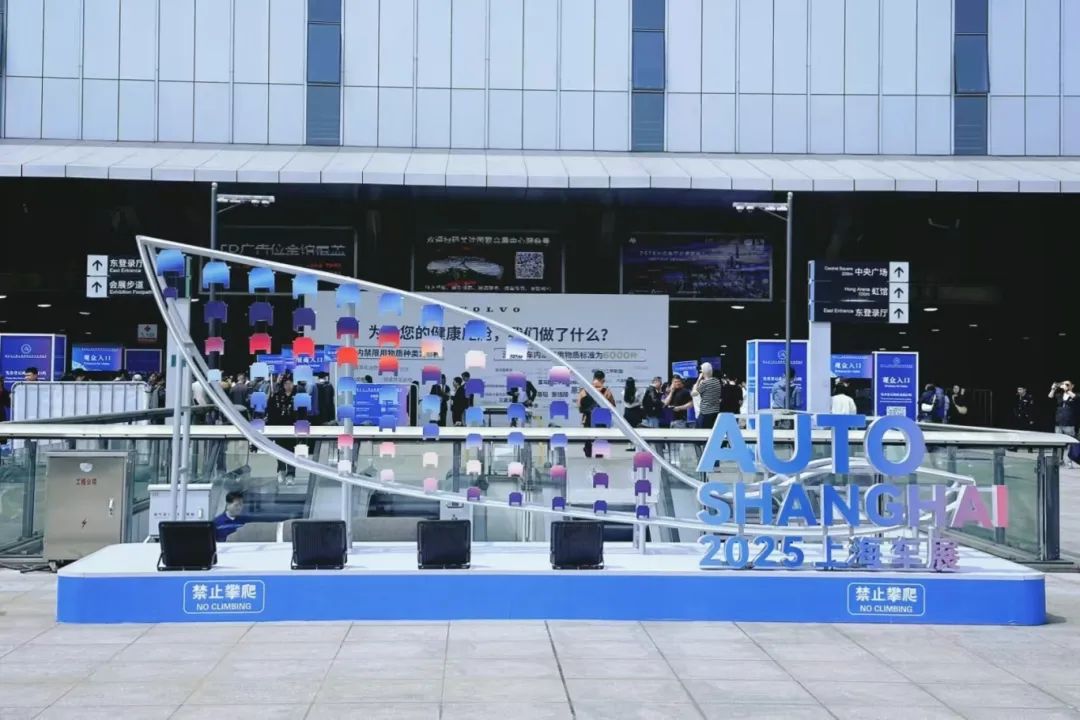
This phenomenon undoubtedly challenges and frustrates people's perception and recognition of traditional luxury brands. Therefore, the significance of this new energy revolution in the Chinese market lies not only in enabling Chinese cars to command higher prices but also in shattering the luxury standards of the past. In other words, when someone believes you're not born to be luxurious, new energy vehicles empower you to rise.
"Are kings and nobles born to rule?" There is no such thing as a naturally noble lord, and no such thing as a naturally luxurious brand.
When someone uses the saying "domestic cars are not luxurious enough" to flaunt superiority, you might as well take them to experience Huawei's ADS intelligent navigation in downtown areas, let them feel the smoothness of Li Auto's Magic Carpet air suspension over speed bumps, invite them to taste the specially crafted cocktails at NIO House, or bring them to the Shanghai Auto Show these days.
Editor-in-Chief: Cao Jiadong, Editor: He Zengrong






